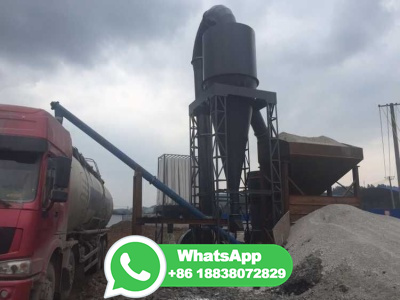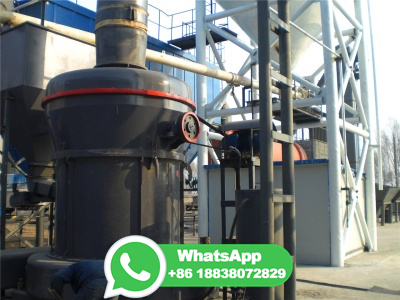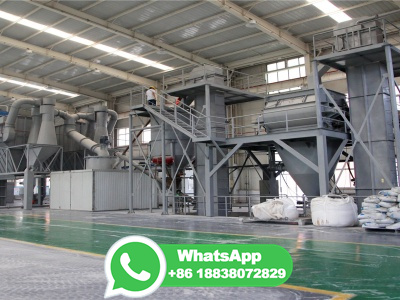10 Coal Carbonisation ScienceDirect
This chapter discusses coal carbonization. Coal carbonization involves the destructive distillation of coal, and during this process, as much as 50% of the weight of the coal feedstock is driven off as gaseous and volatile components. These are regarded as byproducts of the coking process, and include combustible gases (for example, methane ...














![Explain the process of carbonisation and how coal is formed? [5 MARKS]](/7e5l46j/240.jpg)














